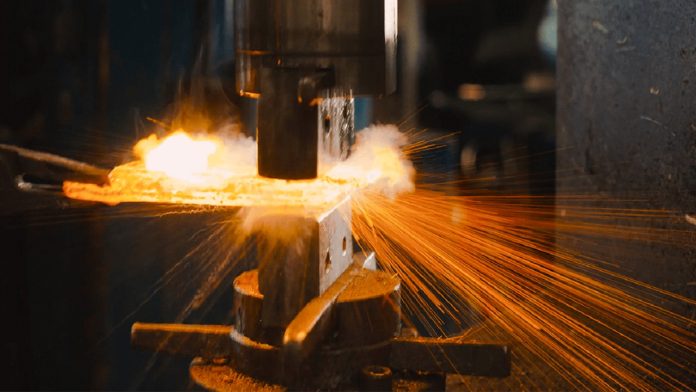In the realm of manufacturing and engineering, innovation is the driving force behind product excellence and efficiency. One such innovation that has been gaining momentum in recent years is cold forging, a process that has made a significant impact on various industries, including the production of electrical products and motors. In this article, we will explore why cold forging matters in the context of electrical products and motors, drawing insights from the manufacturer’s website, as well as other industry sources.
Understanding Cold Forging
Before delving into its applications in electrical products and motors, let’s briefly understand what cold forging is. Cold forging is a metalworking process that involves shaping and forming metal parts at room temperature or slightly elevated temperatures. Unlike traditional hot forging, which requires heating the metal to high temperatures, cold forging utilizes precision dies and high-pressure machinery to achieve the desired shape while maintaining the material’s room-temperature state.
Enhanced Precision and Durability
Cold forging offers several advantages over other manufacturing methods, particularly in the context of electrical products and motors. One of the primary benefits is enhanced precision. Cold forging allows for the creation of intricate and complex shapes with tight tolerances, ensuring that each component meets the exact specifications required for electrical systems and motors to function optimally.
Moreover, the parts produced through cold forging have exceptional material strength and durability. The process compacts the metal grains, making the final product more resistant to wear, corrosion, and fatigue. For electrical products and motors that often operate in demanding environments, the durability of components is paramount to their longevity and performance.
Cost-Efficiency and Material Savings
Cost-effectiveness is a crucial consideration in manufacturing, and cold forging excels in this aspect as well. Medium-sized precision forging companies can offer competitive pricing due to lower overhead costs. This translates into cost savings for manufacturers of electrical products and motors without compromising quality.
Furthermore, cold forging minimizes material waste. The precision of the process ensures that minimal excess material is removed during production, reducing both raw material costs and environmental impact. This sustainability aspect aligns with the growing trend towards eco-friendly manufacturing practices.
Complex Geometries for Electrical Components
The electrical industry relies on components with intricate and often custom geometries. Cold forging is particularly well-suited to meet these demands. Manufacturers can create connectors, terminals, and other electrical components with intricate designs and consistent quality. These components are essential for ensuring the efficient and reliable transmission of electricity in various applications, from consumer electronics to industrial machinery.
Highly Conductive and Heat-Resistant Materials
Electrical products and motors often require materials with excellent electrical conductivity and heat resistance. Cold forging accommodates a wide range of metals, including aluminum, copper, and various alloys, making it possible to produce components that meet these demanding material requirements. This versatility is essential for ensuring that electrical products and motors perform optimally, even in high-temperature environments.
Conclusion
Cold forging has emerged as a game-changer in the manufacturing of electrical products and motors. Its precision, durability, cost-efficiency, and ability to handle complex geometries and specialized materials make it an ideal choice for meeting the demands of the electrical industry.











